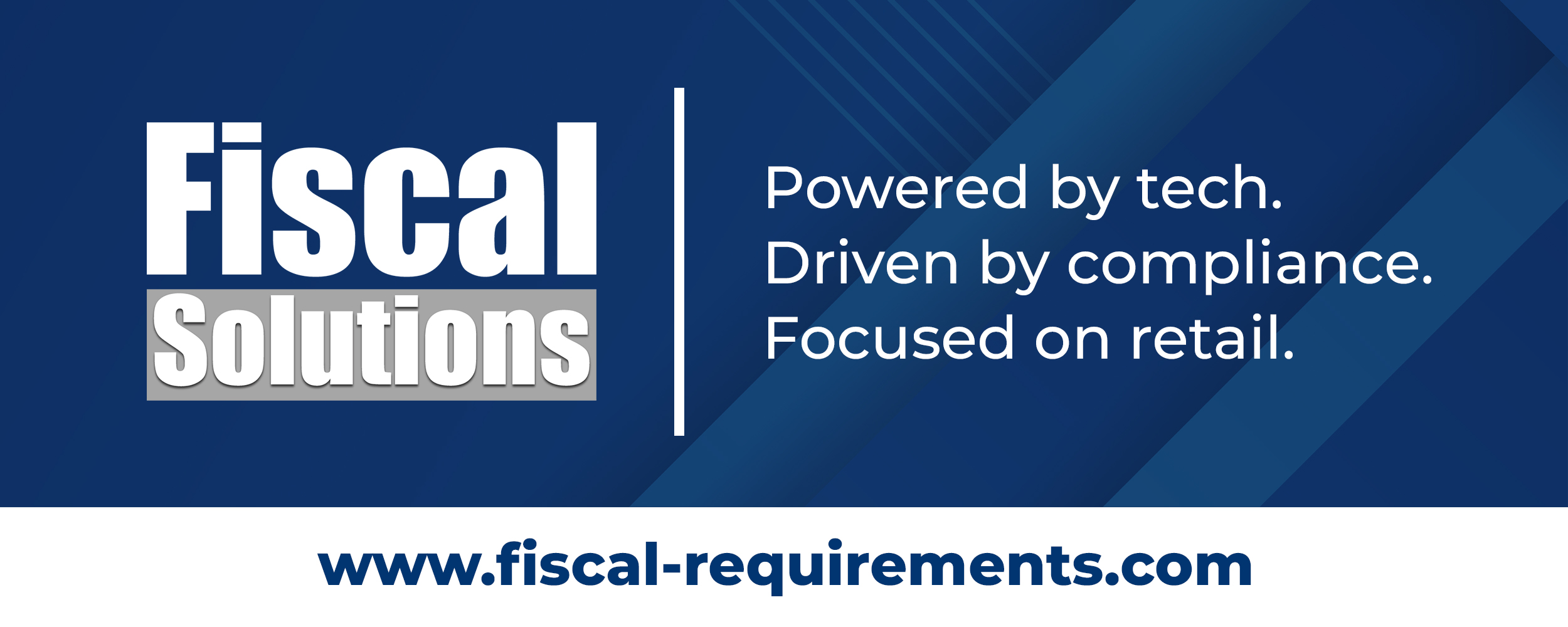- Numerous local sales tax rate increases, jurisdiction boundary changes, and special district adjustments will take effect across the U.S. on January 1, 2026.
- These changes are driven by voter-approved measures, expiring levies, municipal funding needs, and state legislative actions.
- Businesses selling into multiple jurisdictions face compliance challenges and risks if they miss local tax changes.
- Outsourcing sales tax compliance is becoming more common and cost-effective for managing these complexities.
- Specific 2026 examples include Utah municipal tax adjustments and Illinois cities continuing or increasing local grocery and general sales taxes.
Source: salestaxsolutions.us
Note that this post was (partially) written with the help of AI. It is always useful to review the original source material, and where needed to obtain (local) advice from a specialist.
Latest Posts in "United States"
- How to Register for a Puerto Rico Sales Tax Permit: Step-by-Step Guide
- Illinois Repeals State Grocery Tax, Allows Local Governments to Impose Their Own 1% Tax
- How to Find California Sales and Use Tax Rates by Address Using CDTFA’s Online Tool
- Sales and Use Tax Exemptions for Nonprofit Organizations: A Guide by CDTFA
- States Expand Sales Tax to Digital Goods and Services in 2025 Amid Legal Challenges















